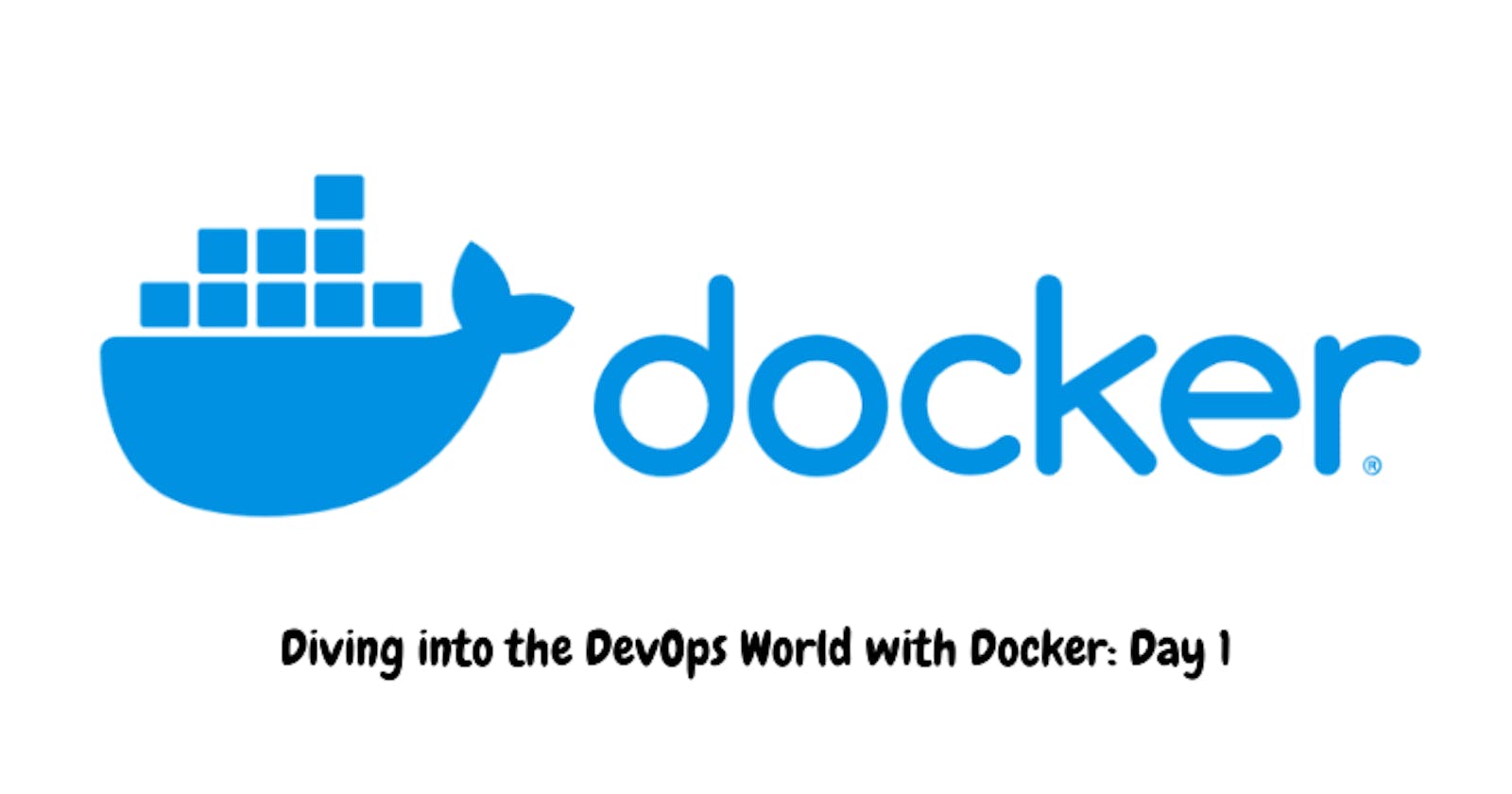When I first heard the term DevOps, I was very intimidated. Blogging my journey in the DevOps world with Docker, I hope to share my learnings to make it easier for those who are just starting.
What the Heck is DevOps?
Buckle up for some nerdy language.
DevOps is a set of practices and tools that help organizations to develop, deliver and operate software faster and more reliably. It is a combination of two words: "Development" and "Operations". It aims to bring together the traditionally separate roles of developers and operations teams, by fostering collaboration and communication between them. This leads to faster delivery of software, more efficient use of resources, and better alignment of business and IT objectives.

Don't understand some or probably all of it? Well, let's understand it, step by step.
Let's say we will be building the next Google. Now we of course require a lot of people to bring out the final product, but for now, we are concerned with only two groups of people. One group is involved in the coding (development team), and the other group is involved in running and maintenance (Operations team).
Traditionally, they are supposed to be working separately with clear boundaries between them, the operations taking over after the development team is finished with the building of the product.
In DevOps workflow, these two separate teams are integrated with a common vision to deliver good quality software fast. If something breaks, it is easy to fix the errors and get back on track. Overall, DevOps is a more collaborative, flexible, and agile approach to software development and delivery, which allows organizations to respond more quickly to changing business needs and deliver better software to their customers.
Some Key Points of DevOps
The development and operations teams are integrated and work together.
Deployment is automated and consistent and the chance of errors is greatly reduced.
Development and testing happen continuously and faster releases are possible.
Monitoring and logging are integral processes in DevOps.
Fun fact: Amazon deploys about 23,000 times a day. Do you think it might be possible without DevOps?
So, Where Does Docker Fit In?
Docker is a technology that allows developers to package their applications and dependencies into a portable container, which can then be run on any machine with a Docker runtime installed.
In simpler terms, this means that I can create programs and put them inside a docker container, so that they can run on any computer, without worrying if that computer has all the necessary software to run the program.
Docker can be used in a DevOps workflow so that developers can package their applications and dependencies in a way that ensures that the application will run consistently across different environments. This can help to reduce the number of bugs and compatibility issues that arise when an application is deployed to different environments.
It's easy to find the docker images for most softwares on DockerHub. For example, if you want to build a Node.Js application on your local machine without having to install it, you can simply use the docker image for Node.js.

Some Examples Where Docker Is Used
During development, developers can use Docker containers to create a consistent, isolated environment for writing and testing code.
During testing, developers can use Docker containers to create a realistic, production-like environment for testing their applications.
During deployment, operations teams can use Docker containers to deploy applications to different environments, such as test, staging, and production environments.
During management, operations teams can use Docker to manage, scale, and monitor running containers.
Docker is not a necessary component of DevOps, but it is a popular tool that can be used to help automate and streamline the software development and delivery process.
I will be continuing in the next part. Till then, if you like this article, please give it a thumbs up. Feel free to connect with me on LinkedIn!


